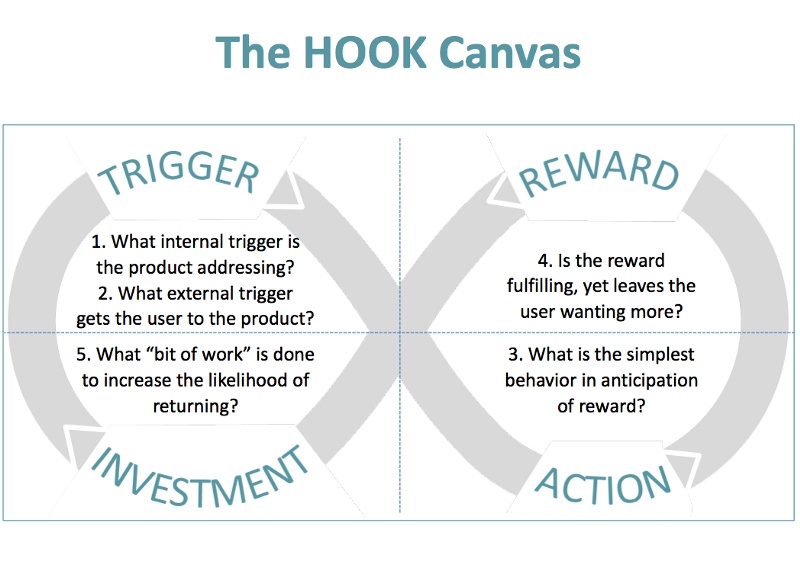
Customers don’t like change
Is it true? Do you really believe that? Or is it just because we all already heard it once?
People don’t like change. They don’t know what they want. They complain all the time. And now we should listen to them!? Holly crap, let’s do our change as we thought anyway!
At first, it seems counter intuitive. All these contradictory signals, it can feel scary and uncertain. Business and product people (and, well, humans in general) don’t like uncertainty.
But why would we “hate” changes?
We are creatures of habits.
At the psychological level, change can be seen as disruptive –or even dangerous– when it comes to habits, therefore triggering a specific emotional reaction: rejection. Interestingly, rejection seems stronger toward changes that have not been introduced beforehand and for which people are not psychologically prepared to envision.
We feel more confident with the things we’re used to, and we are pretty good at creating routines. In his book, “Hooked: How to Build Habit-Forming Products”, Nir Eyal explains that the ultimate goal for companies is to build “habit-forming” products, which tend to follow a specific pattern.

If building habit-forming products is a top-notch goal, perhaps proper “change management” in products should be seen as an important business skill, and therefore should be an important metric.
In his article, “Users Don’t Hate Change. They Hate Our Design Choices.”, Jared M. Spool explains how change should be approached so the users feel in control, therefore reducing uncertainty for them. He reminds us that users and customers are rarely part of the decisions that led to those changes and that we rarely introduce those changes in an optimal way, i.e. either little by little or before they become definitive.
Users don’t hate design changes, they hate the choices designers make when rolling out a change. […] We’ve found users only hate changes some of the time.
Designers — and everyone working on a product — have the responsibility to think about how to introduce changes to users. Ultimately, change acceptance/rejection should be measured and should be plan well before it becomes definitive.
Companies should definitely see here an opportunity to engage and improve their customers/users loyalty. Despite what one may think, people like to be involved in what matters to them. And if they use your product, chances are they do.
Thanks for reading!
Like what you just read?
Give some claps 👏👏👏👏👏👏 and hit the follow button!













Discussion